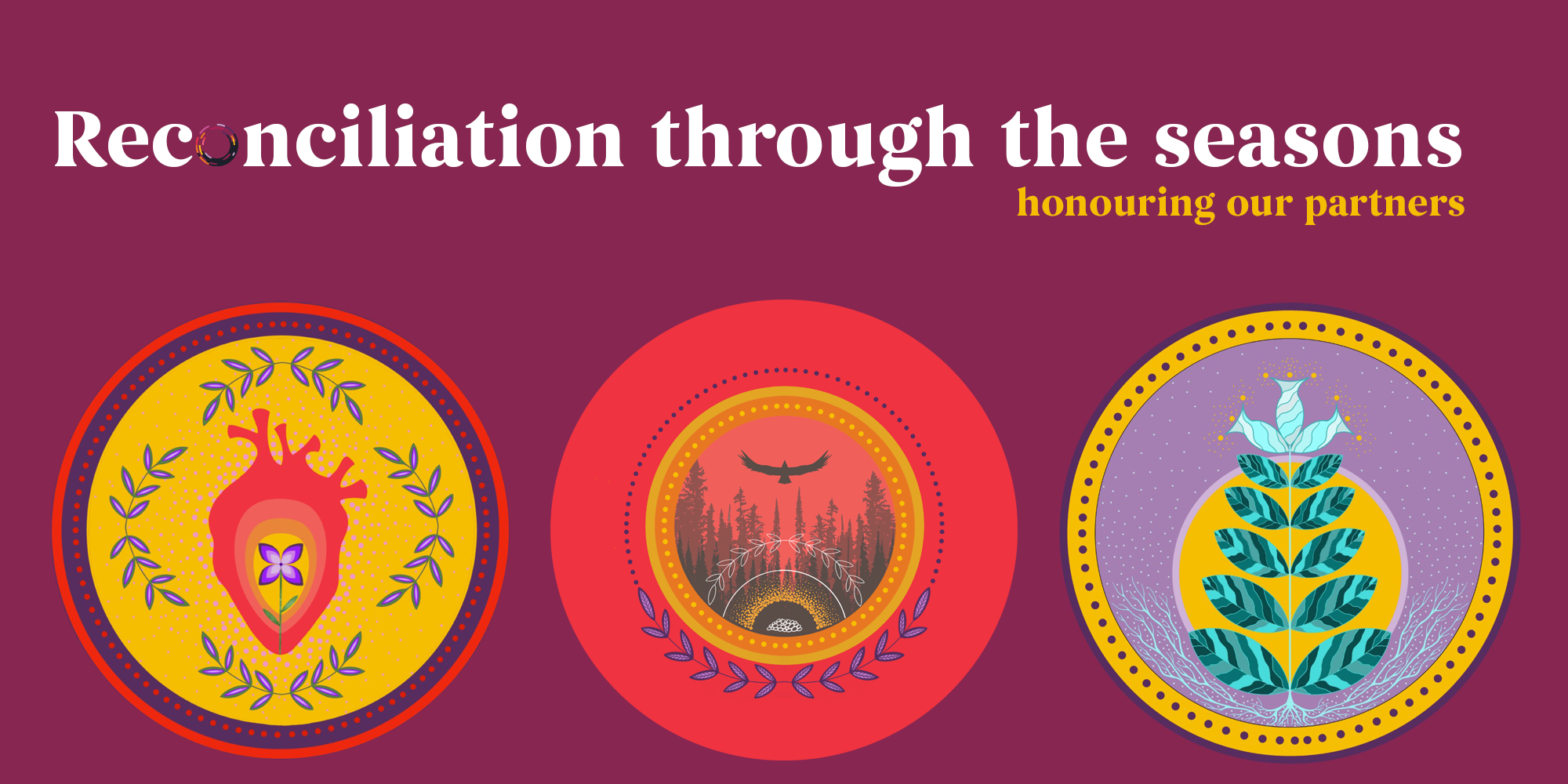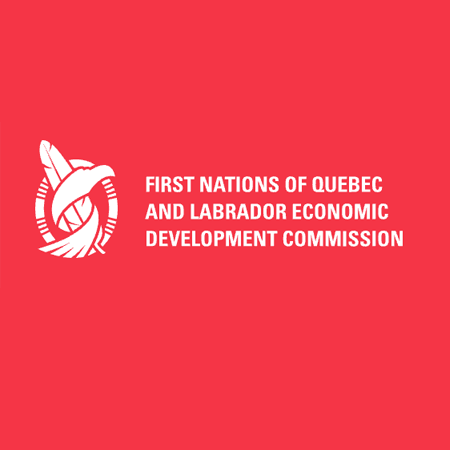
The Centre for First Nations Governance works through research, community development and training to uphold First Nations’ right to self-governance.
Since 2008, the Centre for First Nations Governance (CNFG) has delivered nation-rebuilding workshops to citizens and leaders in over 200 First Nations. Today, the Centre supports First Nations as they work their way through a multi-year Transitional Governance Program. This program helps participating First Nations engage their people in building effective, results-based self-governance, expanding their jurisdiction, writing their own laws and exercising authority over their lands. The Centre started in 2006 by commissioning leading academics and legal scholars to prepare a body of research that informs the development of governance based on First Nations inherent rights. This research has been used, along with extensive feedback from First Nations, to create the Centre’s nation-rebuilding services.
The Rebuilding First Nations Governance Project has been a key project of the CFNG. It has partnered with Carleton University to develop a national alliance of First Nations communities and Tribal Councils, academic researchers and public sector practitioners that are conducting applied research alongside the Centre’s services.
 Part of the Rebuilding First Nations Governance Project includes working with youth on governance training through the Inherent Rights Youth Initiative (IRYI).
Part of the Rebuilding First Nations Governance Project includes working with youth on governance training through the Inherent Rights Youth Initiative (IRYI).
Beginning in 2021, a group of First Nations youth gathered to support and empower one another, with guidance from Elders.
The work of the IRYI is about advancing good governance, culture and effective leadership.
“It is about reclaiming what is inherently ours and developing a new generation of leaders. After two years, the IRYI Youth are a group of emerging leaders who empower one another, as we live beyond the reserve boundaries to occupy more of our ancestral places,” says CFNG Communications Director Len Hartley.
Years, not months
Learning complex Indigenous rights and how to empower youth can only happen over the course of years – not months.
The IRYI youth first met in a three-day Design Retreat in 2021. The retreat brought the youth together to build their confidence as individuals and a team, develop a relationship with Elders and mentors, cultivate a personal commitment to initiating a leadership journey, and design core aspects of both their training and gathering for the governance work to come. Amsey Maracle, IRYI coordinator, explains that: “during our time together, the youth realized they were missing pieces of their identity because of colonization and the Indian Act. We learned that oral histories and ceremonies are faint memories, and language is almost lost in some areas.”
Throughout 2021 and 2022, youth learned about and researched their Nation’s laws, territories and traditional governance systems.
They participated in Storytelling Sessions series delving into the CFNG’s Five Pillars of Effective Governance: (1) People, (2) the Land, (3) Laws & Jurisdiction (4) Governing Systems and (5) Resources. These sessions facilitated the transfer of wisdom from one generation to the next, with Elders first sharing stories and youth then engaging in practical leadership exercises. CFNG wrapped up the series journey with a full-day Youth & Elders Gathering in January 2023.
Cycles and Seasons: a word on illustrating reconciliation
To mark 20 years of the McConnell Foundation partnering to forward reconciliation work, we wish to honour our partners through the Reconciliation through the seasons series. This is the third edition. In Atikamekw culture, there are six seasons. Pre-spring and pre-winter are seasons for preparation of what is to come next. Artist Eruoma Awashish’s work, illustrating our Reconciliation through the seasons series, integrates the sacredness of all seasons and intermediate seasons. Her art can help us to reflect on the journey of reconciliation. How do we prepare and plan for what is next: whether it is the winter coming or next year’s spring? Indigenous and non-Indigenous communities continue to grow together in our reconciliation journey. As we continue, we may confront issues that resurface in cycles. The seasons remind us of these cycles. They help us prepare to revisit and circle back to these complex issues.



